It’s weird how things work out — the next one of these on my list was going to be Stanton’s last real trailblazing unit. And then the news broke of inMusic assimilating the once great company into the inMusic collective. So today seems like a fitting day to take a look back at the Stanton SCS.4DJ, which for me was the first proper standalone controller, and like so many units was released before the DJ scene was really ready.
I know I know, it wasn’t the first lump of DJ stuff to be standalone — that belongs to a number of rackmount units, but it was the first in a controller format. So instead of having to take a laptop, you could run from a USB key, USB drives, and iOS devices. And it was even possible to store the USB devices inside the SCS.4DJ too. Not only that — if you really wanted to run it with a laptop, mapping was an option too.
As a unit, it was very much about portability. It was all plastic, just small enough to go in a large messenger bag, and super light too. But given its size and price, it was a solid exercise in delivery maximum bangs for bucks. It was one of those units that you could take out of your bag, plug into the house sound system and play with minimum fuss.
The SCS.4DJ was a seriously overlooked unit back in 2011, which would explain why there wasn’t a followup. It’s not that it wasn’t designed and made to prototype, just that it never made it to production. If it had, Stanton’s position in the marketplace might be very different now. But what’s done is done — Stanton is in the hands of inMusic now. We can only hope that they use the brand to push boundaries, or at least to make stellar turntables again.
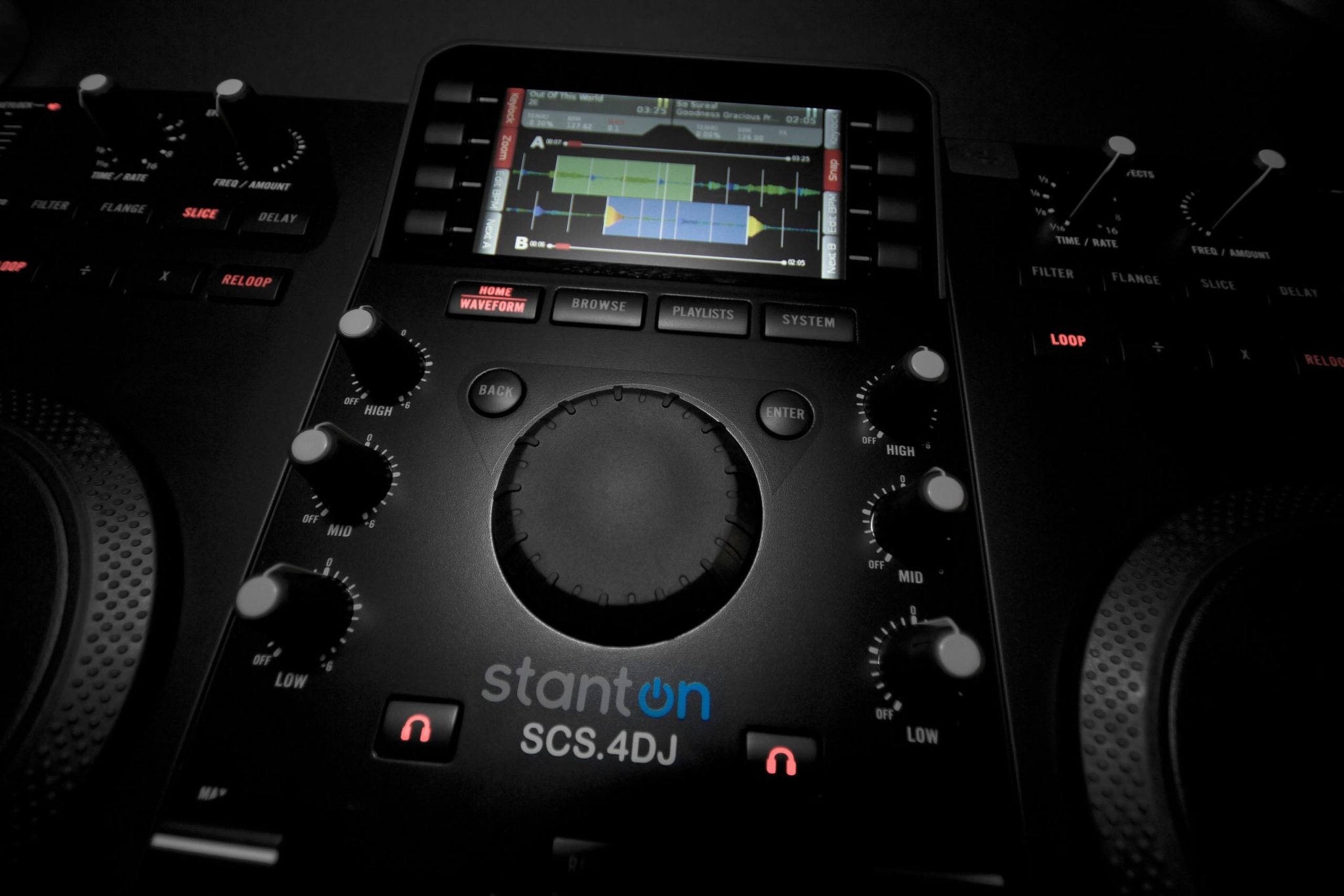




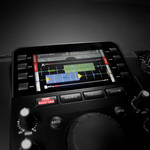


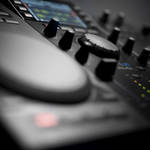

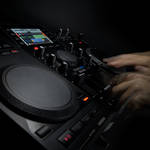



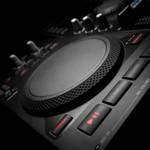
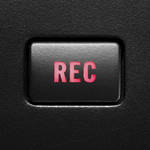
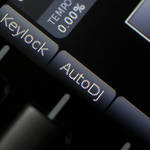

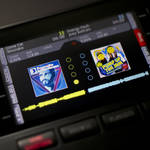
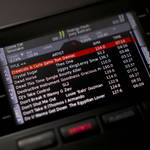





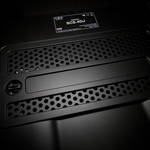
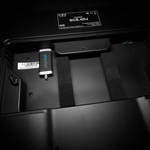
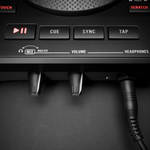

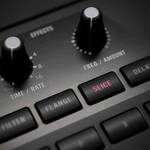

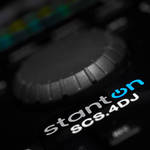
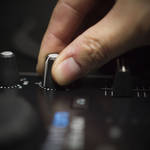

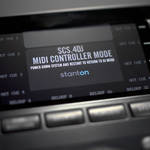







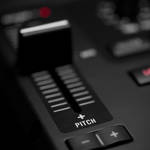








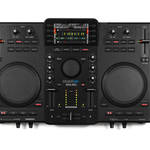

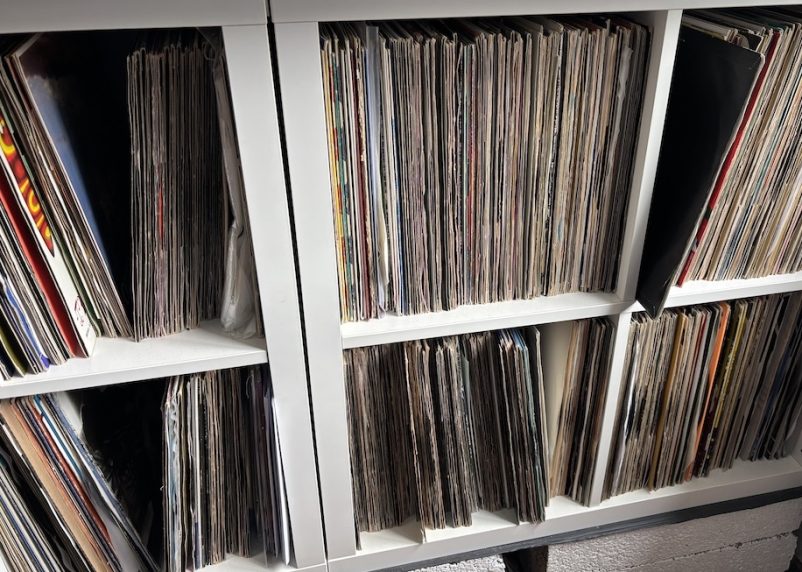
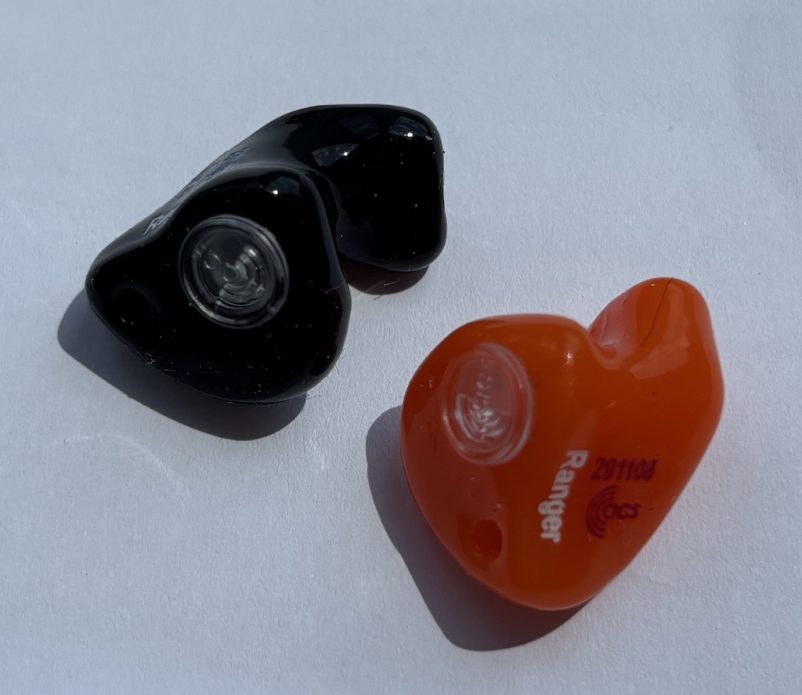
They should put Prime Engine on this and release it :) Would compete with the just released Denon Prime Go though.
The SCS.4DJ never made it to production? I think it did.
There are posts from users complaining about how slow it is. It’s also a supported unit in VDJ (pretty sure they wouldn’t map something that’s not on the market). When using it as a controller with DJ software though, the thing people found odd was not being able to route the audio through it.
I should have been clearer. I’m talking about the followup.
I’ve been using an SCS.4DJ for… five years now, I think? I used it last night for a radio show. The line faders and crossfader on mine are nearly dead, so I run one channel out the main output and the second channel out the headphone output and mix from a seperate mixer. It’s not great, but it works. As a unit it’s small and light enough that I can take it with me on the bus. An SCS.4DJ and a small bag of records is enough.
I really love working with it. And it’s been good to me over the years in turn. I’m thankful for the folks at Stanton for taking the risk on it, and for the folks at IVL Audio who appear to have done the development work. (On the software? Still not sure).
I have had my unit for at least 7 years now. Made portable DJing possible for years Comedy shows, pool parties, and house parties alike. Paid for it self 10x over. Still works perfectly. Recently upgraded the internal USB drive to 500gb with all sorts of music. Never leave home without your trusty backup. Lives in it’s branded case with cables, business cards and a mic. Plugs into any system.
What do you use to analyze the tracks? I’m on Mac Catalina and can’t for the life of me get QuickGrid to work. It’s just too old to run. I’m looking for any other song analysis tool that works, but haven’t found anything to pre-analyze the tracks.
Had I not been such an ass against controllerism back then I might have bought one and had a lot more gigs. Half of the problem with gigging out was bringing everything I had because I always had to borrow my mom’s car to do it. Now I have a Pioneer SR2 and use it everywhere.
It’s about using the right tool for the task at hand. A lump hammer is a poor choice for hanging a picture.
Well inmusic, here is your portable scratch device.
1 jog; 5.3 ” (same texture as the 6000M record, which I absolutely love, btw)
Now, don’t freak out, but you need to mirror the mixer vertically so the device is ambidextrous. 2 crossfaders and the knobs center towards the deck.(ie sideways)
Success would depend on battery life, or DC power easy connect external battery, fader feel/quickness(nobody wants scratch device with an even slightly stiff fader) and layout. Needs to be 8.5 ” by 11″
Screen right in center of mixer area, with switchable waveform lateral direction.
As crazy as it sounds, I just bought one of these new in box two weeks ago. I couldn’t find any other standalone unit that would show waveforms that wasn’t absolutely massive. I think it’s great and a bit before its time. It’s incredibly hard to find any standalone DJ setups (i.e no computer needed) that show waveforms and aren’t massive like the Pioneer units. Best part is I picked it up for ~$300. If people can suggest anything similar, I missed it in my research.
My one qualm is that the QuickGrid software to analyze the tracks on a computer doesn’t work on Mac Catalina. That means all song analysis (bpm and creation of waveforms) has to be done once the USB is plugged into it. If anybody still uses one of these and has a workaround, let me know. I tried analyzing the tracks with Rekordbox to no avail.
Never really paid attention to this unit but in hindsight, you can see that this is where Native Instruments got their idea for the S8 and D2 screens.